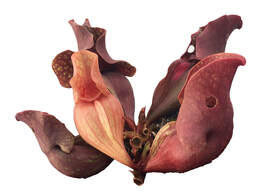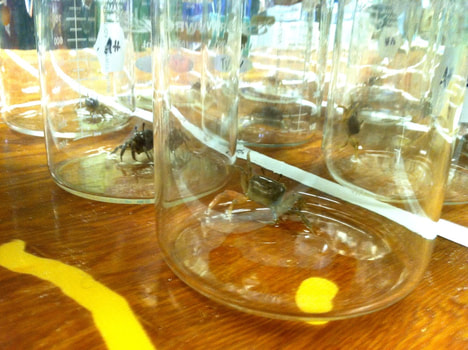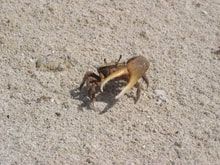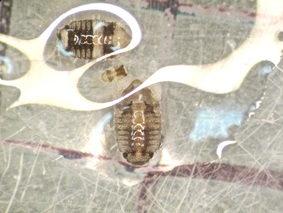ccuellar-gempeler
Collaborative Projects
RUI: Limits to the effects of contemporary evolution on communities |
- with Casey terHorst and Tom Miller.
We investigate the eco-evolutionary dynamics of pitcher plant inquiline communities in an effort to establish how dispersal influences rapid evolution and community diversity and composition. |
Roles of dispersal and succession on community composition and function |
We investigate how dispersal and colonization alter bacterial assembly and function in pitcher plant microbial communities. We focus on the degradative abilities of bacteria, predation and dispersal of bacterivore protozoans and successional processes of the microbial community as a whole
|
Evolution in community context |
-with Tom Miller and Olivia Mason.
Rapid evolution and ecological processes can co-occur with important consequences for local and regional diversity patterns. We set out to uncover the role of evolution in community context and its consequences for trophic dynamics.
|
Past Projects
Sources of colonists: species pools driving crab-associated microbial communities |
How do different species pools interact with habitat filters? Ecological theory suggests that species pool size and composition will have important effects on local communities. This study investigated how bacteria from different types of bacteria colonize habitats within species of crabs (Uca sp).
|
Fiddler crab influences on sediment bacteria |
Bacterial communities in the forest sediments drive nutrient turnover. However, fiddler crabs and other detritivores are instrumental in altering sediment biochemistry. Here, we show that fiddler crabs consume bacteria reducing richness but also serve as a refuge for certain species.
|





